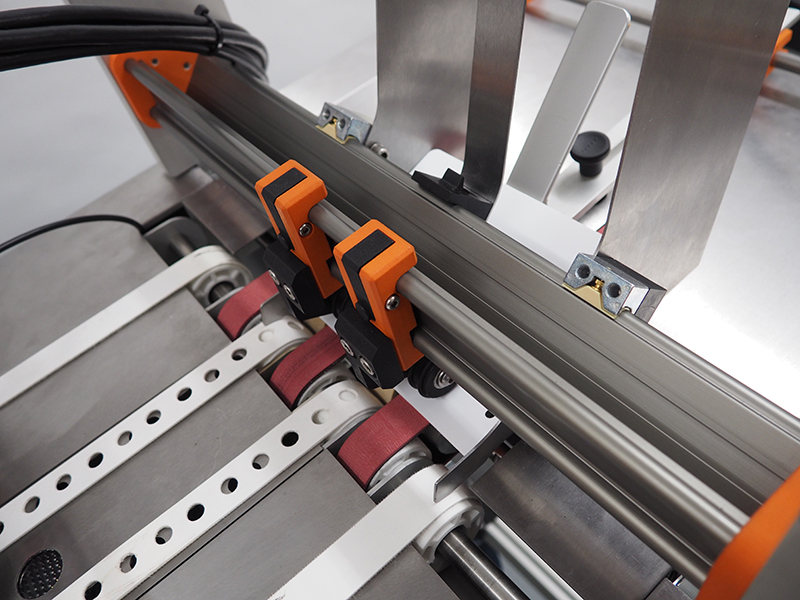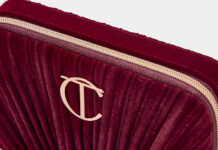
Steve Ryan, UK sales manager at Rotech Machines, explains how coding can become a source of advantage in an age of heightened environmental awareness
With anti-plastic waste sentiment growing and the UK Government pledging to tackle the plastic problem via its 25-year plan, packaging sustainability has never been higher on the corporate agenda.
This drive to make packaging greener, recycle more and waste less isn’t just an abstract idea that is talked about in the boardroom. It is in evidence on the factory floor where there is a steady increase in the use of recycled materials such as cardboard sleeves and cartons.
When contemplating the introduction of new, ‘greener’ packaging materials, one major con-sideration is how they will be handled by packaging equipment, including coders.
In our experience, the best technology for coding onto recycled cartonboard is TIJ (Thermal Ink Jet). The surface of recycled board tends to be more fibrous and undulating than conven-tional board, causing the ink to spread, with the potential for codes to become illegible. This might be a problem for CIJ printers, which expel much more ink per drop than TIJ printers, which use finer gauge nozzles to achieve a larger number of smaller dots per inch. This re-sults in a higher clarity code that is less susceptible to spreading.

The build of the coder also needs to be able to stand up to the demands of handling recycled cartonboard. Rotech’s RF Auto, the latest machine in its range, employs an innovative fric-tion feeding system that copes with sleeve and cartons made from thinner board which can be liable to twist and warp. Furthermore, the product is held on a pair of vacuum belts for presentation to either the printer (or labeller) to guarantee a perfect print in perfect register.
Using packaging with recycled content is one policy FMCG manufacturers are adopting to divert waste from landfill. Another is to switch to biodegradable or compostable packaging. Films based on corn starch and sugar cane polymers are now becoming a commercial reali-ty and potential users want to be confident that they can code onto these emerging sub-strates. In-house tests undertaken by Rotech have confirmed that TIJ is capable of reliably coding a variety of biodegradable films.
As a technique, TIJ is far cleaner than CIJ. Advancements in TIJ ink performance and the development of inks with high optical darkness have led to improvements in ink usage opti-misation. As a result, TIJ uses far less fluid per code than CIJ and the ink is completely con-tained within the cartridge. whereas the volatile inks used in CIJ printing are required to be dealt with under COSHH (Control of Substances Hazardous to Health) regulations.
A TIJ printer can be turned on and switched of at will and uses very little power. By contrast a CIJ printer controller is a far more complicated system, that needs to perform a start-up and shut-down routine to ensure correct operation.
We are entering a new era of sustainability in which environmental considerations have be-come an integral part of the running of any business. The coding operation is subject to the same scrutiny as any other process and as companies explore more sustainable packaging materials and seek to make production cleaner and greener, this might well go hand in hand with a switch to TIJ.













